- 8777701917
- info@saikatinfotech.com
- Basirhat W.B
Fiber optic cables are used for high-speed data transmission over long distances. They rely on light signals (usually infrared) to transmit data, and they can be made from glass or plastic fibers. The two main categories of fiber optic cables are single-mode and multi-mode, and each type has its own advantages, uses, and characteristics.
Here’s a detailed breakdown of fiber optic cable types, including their construction, performance, and use cases:
| Property | Single-Mode Fiber (SMF) | Multi-Mode Fiber (MMF) |
|---|---|---|
| Core Size | 8-10 microns | 50 or 62.5 microns |
| Light Source | Laser (more focused beam) | LED (less focused beam) |
| Wavelength | Typically 1310 nm or 1550 nm | Typically 850 nm or 1310 nm |
| Transmission Distance | Long-distance (up to 40+ km) | Short-distance (up to 2 km) |
| Bandwidth | Higher bandwidth, less signal degradation | Lower bandwidth, higher modal dispersion |
| Cost | More expensive (both cables and equipment) | More affordable (cables and equipment) |
| Applications | Long-distance, high-speed applications (e.g., internet backbone, telecom) | Short-distance applications (e.g., data centers, LANs) |
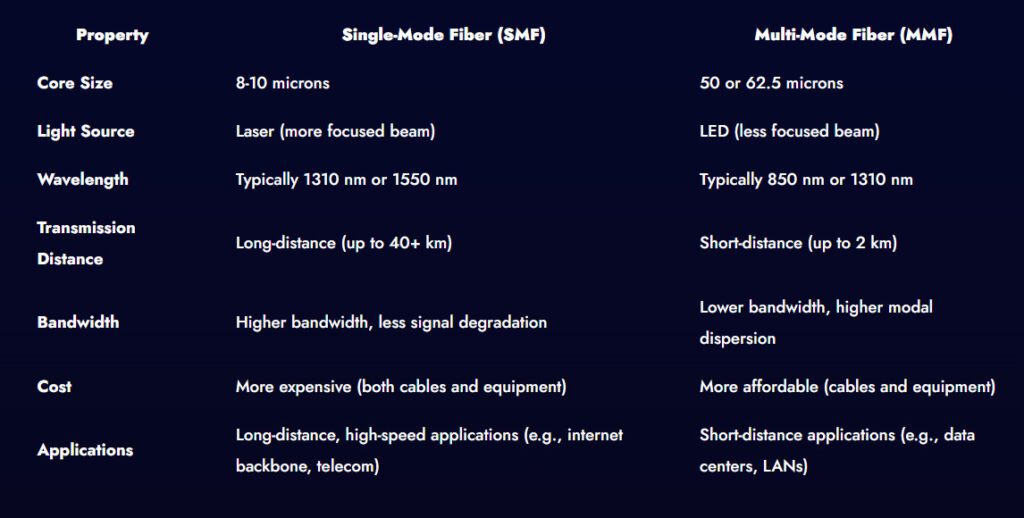
Fiber optic cables are an essential part of modern communication networks, offering high-speed, high-capacity, and long-distance data transmission. Understanding the types of fiber (single-mode vs. multi-mode), their construction, and their use cases will help you choose the right fiber optic cable for your network needs, whether it’s for a telecom network, data center, local area network (LAN), or industrial application.
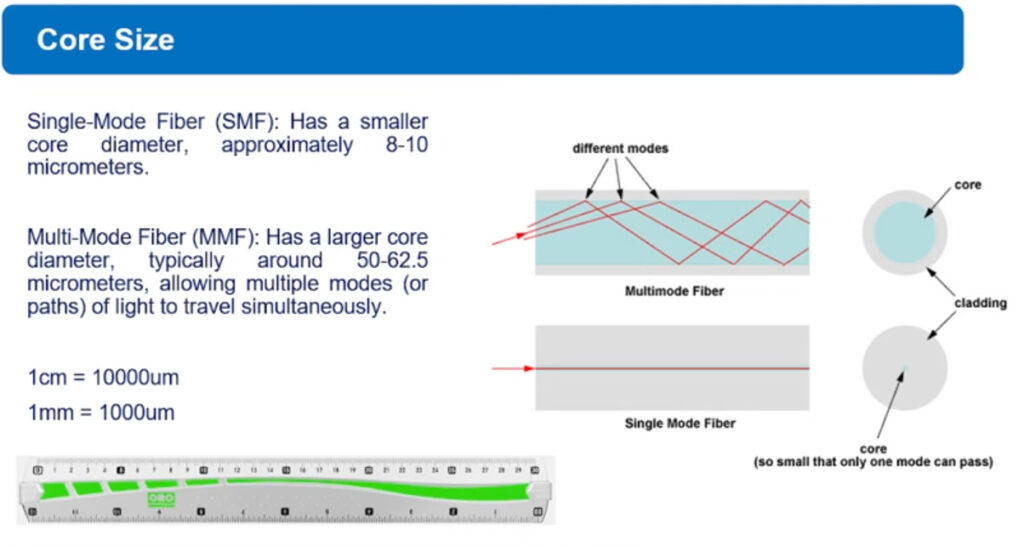
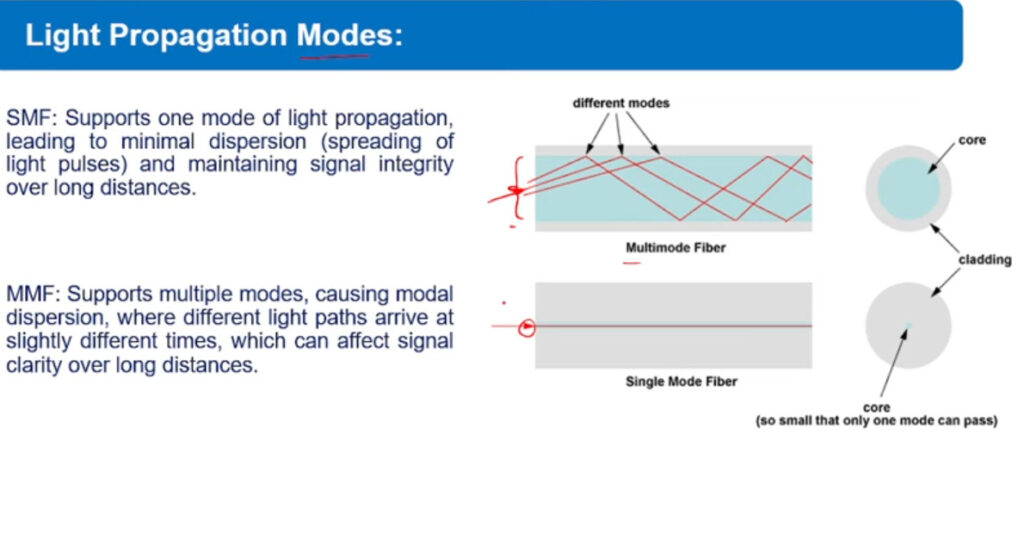

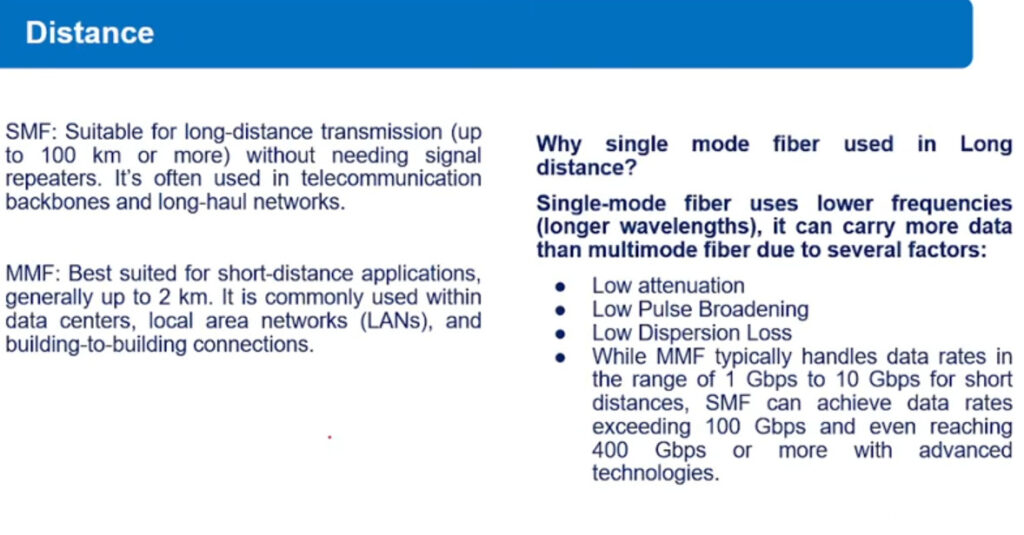

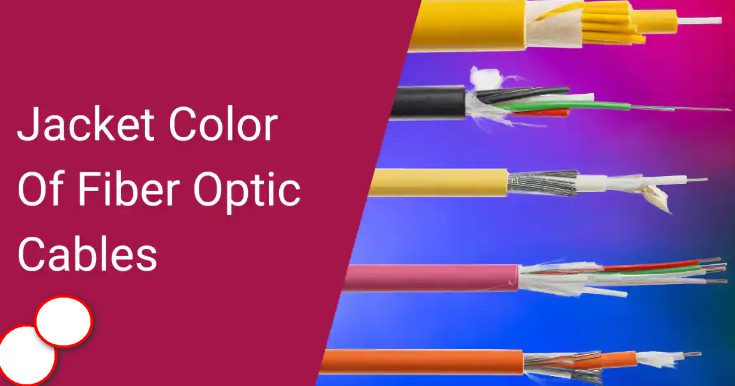
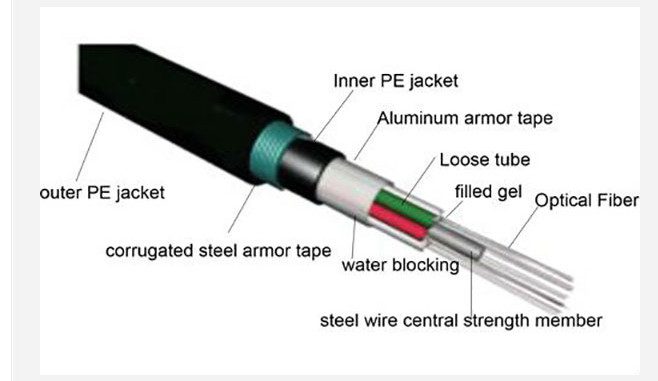

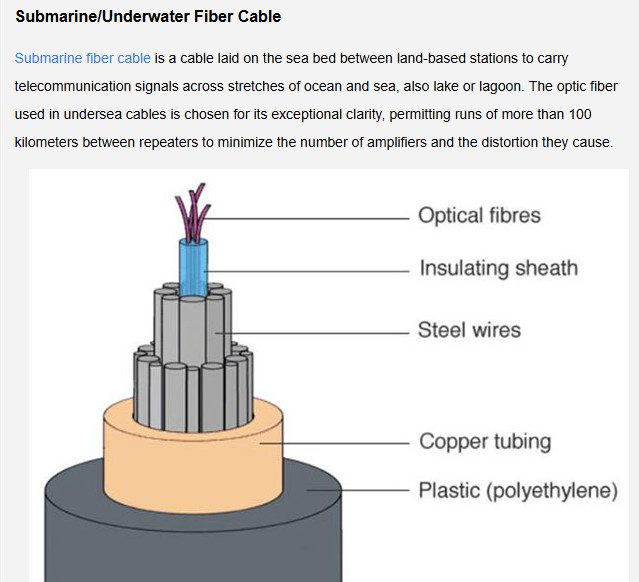
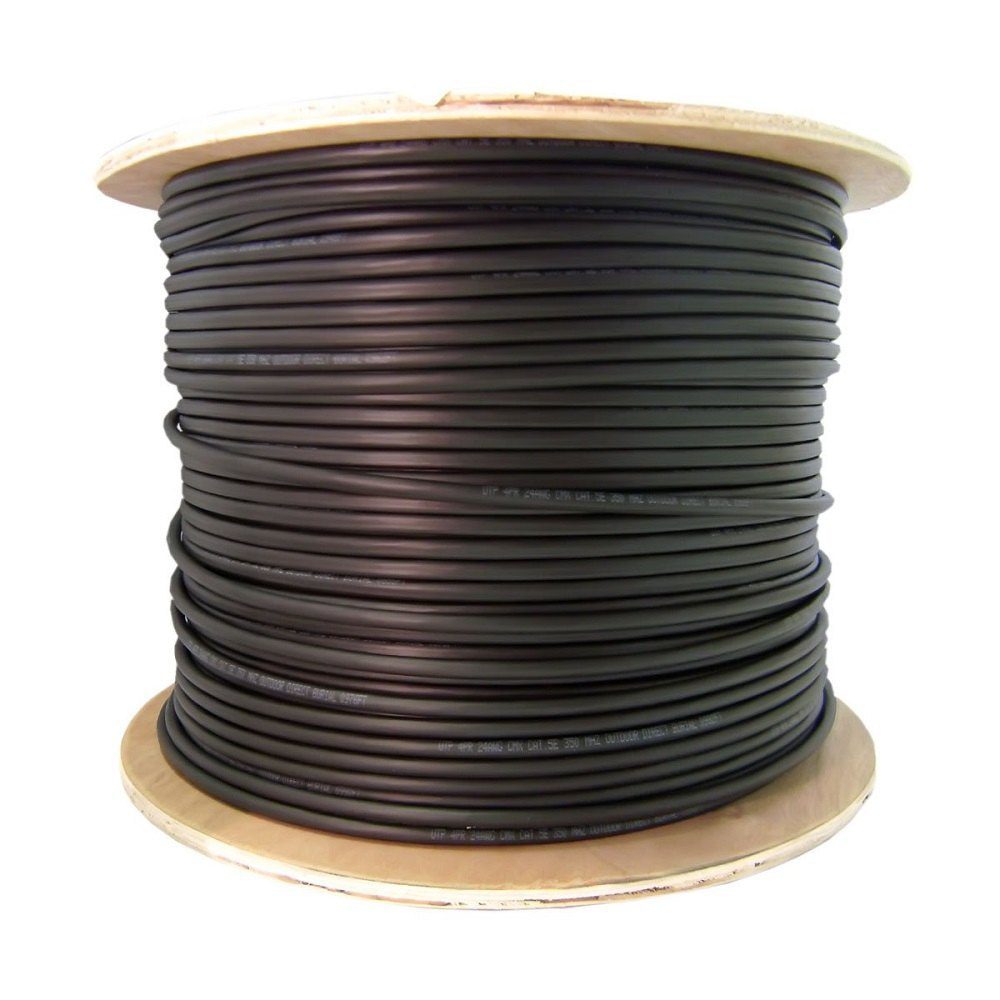
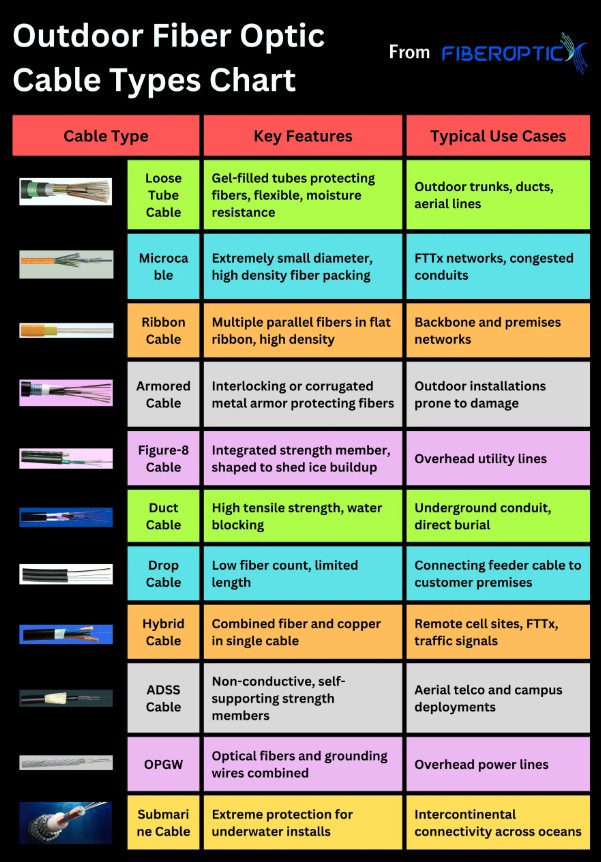

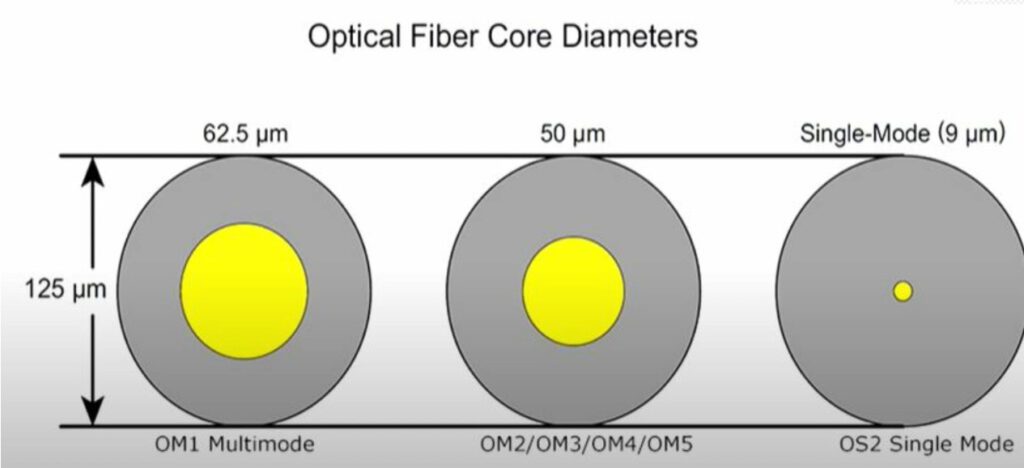
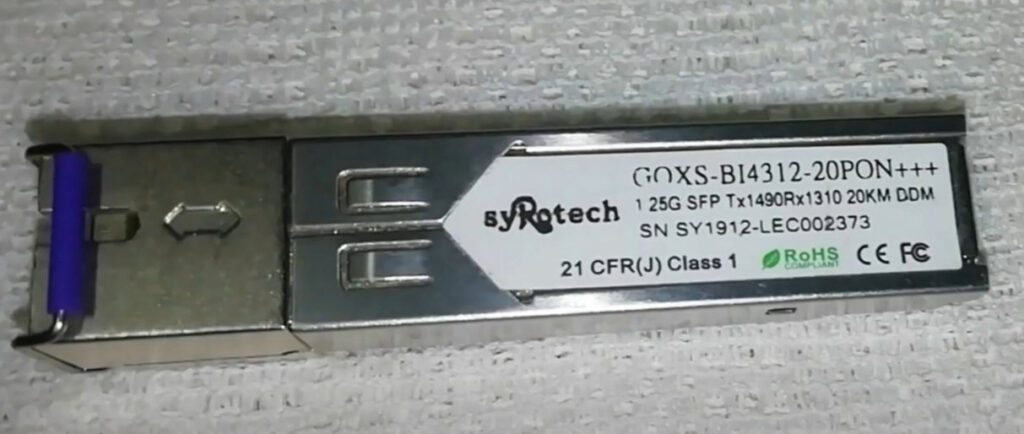

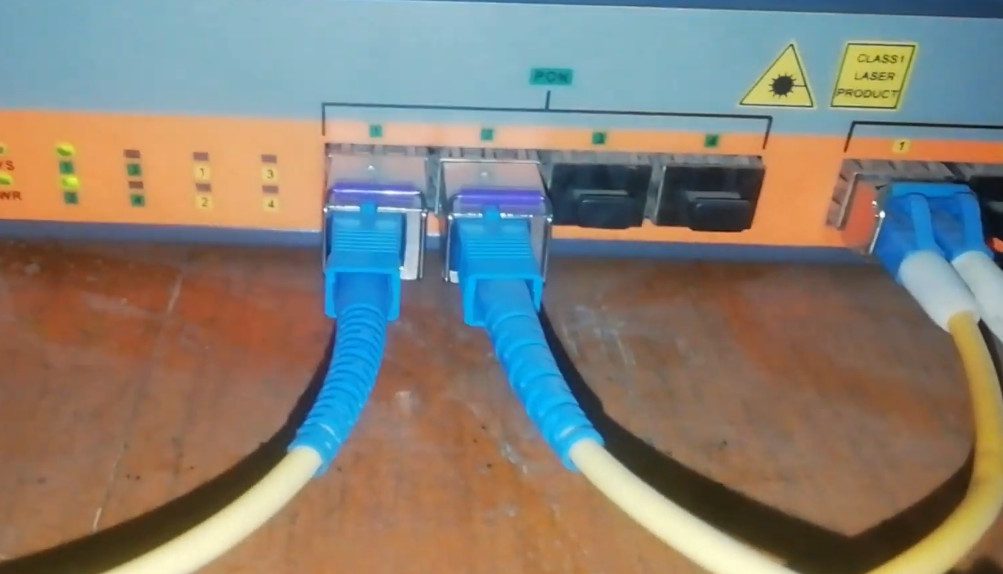
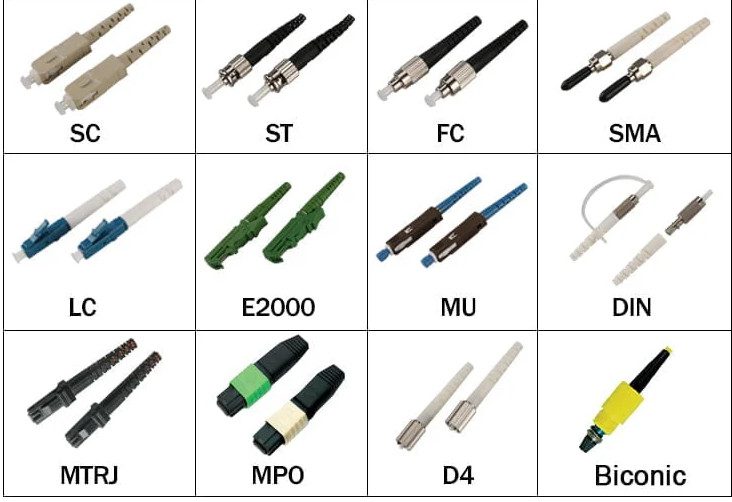

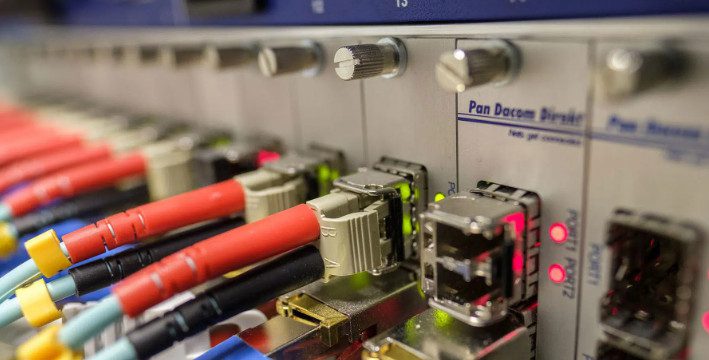
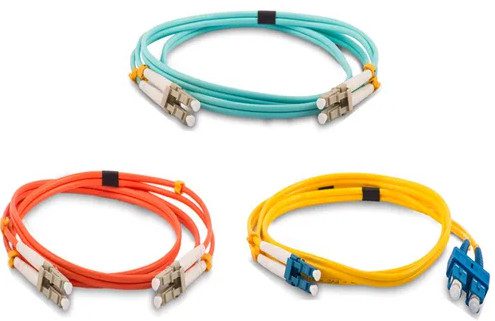
A fiber optic patch cord (also known as a fiber optic jumper or fiber patch cable) is a short cable used to connect devices such as switches, routers, fiber optic panels, or other optical network equipment. It consists of fiber optic cables with connectors at both ends. These patch cords are used in data centers, telecom networks, and other environments to enable flexible fiber optic connections.
Fiber optic patch cords are generally classified based on several factors, including the fiber type, connector type, and length. Below is an overview of the main types of fiber optic patch cords:
Fiber optic patch cords can either be single-mode or multi-mode, and this depends on the type of fiber used inside the cable.
The type of connector used on both ends of the fiber optic patch cord is crucial for determining the compatibility and application of the patch cord. Here are the most common fiber optic connectors used in patch cords:
Fiber optic patch cords are typically made of a fiber optic cable with connectors at each end. They are available in simplex or duplex configurations:
| Attribute | Single-Mode Fiber Patch Cord | Multi-Mode Fiber Patch Cord |
|---|---|---|
| Core Diameter | 8-10 µm | 50 µm or 62.5 µm |
| Transmission Wavelength | 1310 nm, 1550 nm | 850 nm, 1310 nm |
| Transmission Distance | Long-distance (up to 40 km or more) | Short to medium-distance (up to 2 km for 10GbE) |
| Bandwidth | Higher (less signal dispersion) | Lower (higher dispersion at longer distances) |
| Connector Type | SC, LC, FC, MTP/MPO | SC, LC, ST, MTP/MPO |
| Common Uses | Long-haul networks, high-speed backbones | Data centers, LANs, short-distance links |
Fiber optic patch cords come in various lengths, and the length required depends on the specific installation. Typical lengths range from 1 meter to 10 meters, but they can be custom-made to fit particular needs.
| Fiber Type | Connector Types | Applications |
|---|---|---|
| Single-Mode Fiber (SMF) | SC, LC, ST, FC, MTP/MPO | Long-distance networking (telecom, internet backbone, etc.) |
| Multi-Mode Fiber (MMF) | SC, LC, ST, MTP/MPO | Short-distance networking (data centers, LANs, etc.) |
| Simplex | SC, LC, ST, FC | Single-direction communications |
| Duplex | SC, LC, ST, MTP/MPO | Bidirectional communications (common in modern networks) |
Fiber optic patch cords are essential components in modern networking, enabling quick and flexible connections between devices in data centers, telecom networks, and other high-speed communication systems. Choosing the right type of fiber optic patch cord—based on fiber type (single-mode or multi-mode), connector type, and length—ensures optimal performance and reliability for specific network applications.
As standard ISO 1180 identifies, we can classify MMF optic cables into OM1 Optical Fiber, OM2 optical fiber, OM3 optical fiber, OM4 optical fiber and the modern OM5 optical fiber. The following part will analyze these fiber optics from the angle of bandwidth, core size, distance, data rate, optical source, and color in detail.
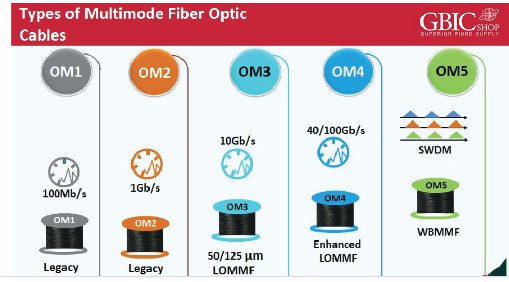
OM1 optical Fiber has a 62.5 µm core size, and the color of its jacket is orange. It supports 10GbE at 33m lengths. We mainly use it for 100Mbps Ethernet implementations. This type typically utilizes a light source of LED.
The color of the OM2 fiber jacket is also orange, and it possesses a 50 µm core size. It can support 10GbE at 82m lengths, but we commonly use it for 1GbE implementations. It utilizes a light source of LED.
The color of the OM3 fiber jacket is aqua, and it possesses a 50 µm core size, but we have optimized the cable for laser-based equipment. This type of fiber supports 10GbE at 300m lengths. However, we commonly use 10GbE. Nevertheless, OM3 can help 40G and 10GbE to 100m.
This fiber is backward adaptable to OM3 optical fiber and possesses a similar aqua jacket. We have developed OM4 specifically for laser transmission of VCSEL, enabling 10 Git/s connection ranges to 550 meters, contrary to 300 meters with OM3. Moreover, it can extend from 40/100GB to 150m using an MPO connector.
We can also signify this type of fiber as wideband MMF (WB MMF). OM5 is the modern type of MMF and is backward adaptable to OM4. It possesses a similar core size to OM4, OM3, and OM2. OM5 fiber’s jacket color is lime green. We have designed and specified it to support four channels of WDM at 25Gbps speed per channel via 850-950 nanometers window.
The main difference between multimode optical fibers lies in physical contrasts. Therefore, physical difference causes different communication data rate and range. Watch this video to understand the distinctions between OM1 fiber, OM2 fiber, OM3 fiber, OM4 fiber, and OM5 fiber.
The physical difference mainly rests upon jacket color, diameter, bandwidth, and optical source, which we have described in the table below.
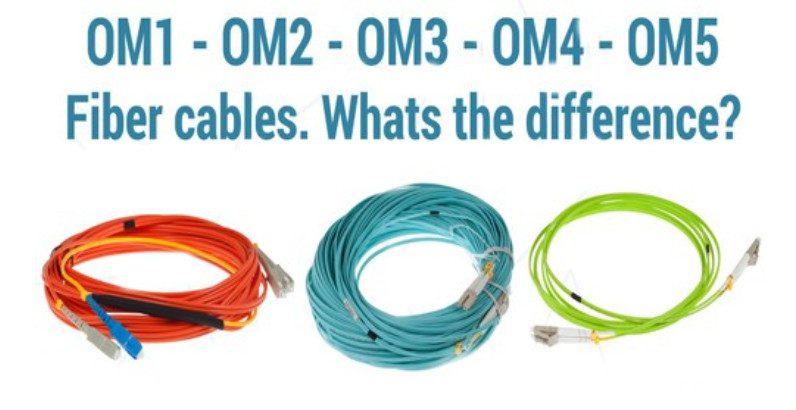
There are different types of fiber optic cable. Some types are single-mode, and some types are multimode. Multimode fibers are described by their core and cladding diameters. Usually the diameter of the multimode fiber is either 50/125 µm or 62.5/125 µm. At present, there are four kinds of multi-mode fibers: OM1, OM2, OM3 and OM4. The letters “OM” stand for optical multimode. Each type of them has different characteristics.Multimode fibers are identified by the OM (“optical mode”) designation as outlined in the ISO/IEC 11801 standard.Their difference is following:
Standard:
Each “OM” has a minimum Modal Bandwidth (MBW) requirement. OM1, OM2, and OM3 fiber are determined by the ISO 11801 standard, which is based on the modal bandwidth of the multimode fiber. In August of 2009, TIA/EIA approved and released 492AAAD, which defines the performance criteria for OM4. While they developed the original “OM” designations, IEC has not yet released an approved equivalent standard that will eventually be documented as fiber type A1a.3 in IEC 60793-2-10.
Differences:
OM1, for fiber with 200/500 MHz*km overfilled launch (OFL) bandwidth at 850/1300nm (typically 62.5/125um fiber)
OM2, for fiber with 500/500 MHz*km OFL bandwidth at 850/1300nm (typically 50/125um fiber)
OM3, for laser-optimized 50um fiber having 2000 MHz*km effective modal bandwidth (EMB, also known as laser bandwidth), designed for 10 Gb/s transmission.
OM4, for laser-optimized 50um fiber having 4700 MHz*km EMB bandwidth designed for 10 Gb/s, 40 Gb/s, and 100 Gb/s transmission.
Diameter: The core diameter of OM1 is 62.5 µm , however, core diameter of the OM2, OM3 and OM4 is 50 µm.
Jacket Color: OM1 and OM2 MMF are generally defined by an orange jacket. OM3 and OM4 are usually defined with an aqua jacket.
Optical Source: OM1 and OM2 commonly use LED light source. However, OM3 and OM4 usually use 850 nm VCSELs.
Bandwidth: At 850 nm the minimal modal bandwidth of OM1 is 200MHz*km, of OM2 is 500MHz*km, of OM3 is 2000MHz*km, of OM4 is 4700MHz*km.
OM3 & OM4 are Superior to OM1&OM2
Both OM1 and OM2 work with LED based equipment that can send hundreds of modes of light down the cable, while OM3 and OM4 are optimized for laser (eg. VCSEL) based equipment that uses fewer modes of light. LEDs can not be turned on/off fast enough to support higher bandwidth applications, while VCSELs are capable of modulation over 10 Gbit/s and are used in many high speed networks. For this reason, OM3 and OM4 are the only multi-mode fibers included in the 40G and 100G Ethernet standard. Now OM1 and OM2 are usually used for 1G which are not suitable for today’s higher-speed networks. OM3 and OM4 are used for 10G mostly at present. But in the future, since OM3 and OM4 can support the 40G and 100G, which may make them the tendency.
Specifications:
OM1 cable typically comes with an orange jacket and has a core size of 62.5 micrometers (µm). It can support 10 Gigabit Ethernet at lengths up 33 meters. It is most commonly used for 100 Megabit Ethernet applications.
OM2 also has a suggested jacket color of orange. Its core size is 50µm instead of 62.5µm. It supports 10 Gigabit Ethernet at lengths up to 82 meters but is more commonly used for 1 Gigabit Ethernet applications.
OM3 fiber has a suggested jacket color of aqua. Like OM2, its core size is 50µm. It supports 10 Gigabit Ethernet at lengths up to 300 meters. Besides OM3 is able to support 40 Gigabit and 100 Gigabit Ethernet up to 100 meters. 10 Gigabit Ethernet is its most common use.
OM4 also has a suggested jacket color of aqua. It is a further improvement to OM3. It also uses a 50µm core but it supports 10 Gigabit Ethernet at lengths up 550 meters and it supports 100 Gigabit Ethernet at lengths up to 150 meters.
Optical fibers are the unsung heroes that make our broadband networks possible. These thin strands of ultra-pure glass carry unbelievable amounts of data across vast distances using beams of light.
The secret lies in the fiber’s ultra-low loss transmission windows at specific wavelength bands tailored to different network roles. Let’s shine a light on what makes each band unique.
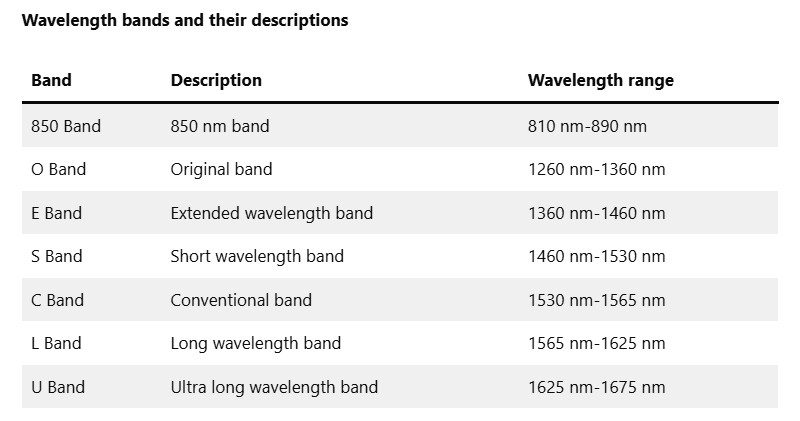

The 850 nanometer band covering 810-890 nm wavelengths was the first used for short, low-cost fiber links. It remains the prime choice for high bandwidth multidrop networks up to ~500 meters using cost-effective multimode fiber and Vertical-Cavity Surface-Emitting Laser (VCSEL) transmitters.
With a larger core than single-mode, multimode fiber allows multiple light ray paths for short reach. The 850 nm wavelength aligns perfectly with the peak efficiency curve of standard graded-index multimode fiber. This unlocks maximum bandwidth at minimum cost while simplifying the VCSEL transmitter.
The 850 nm band will continue serving as the high-speed workhorse inside data centers, corporate campuses, cell towers, aircraft infotainment, and automotive networking for decades to come.
The Original 1260-1360 nm band carries signals with minimum distortion across the greatest distances of any multimode band and sees loss on par with today’s single-mode fiber.
In a serendipitous quirk of physics, the O-band overlaps with an ultra-low-loss optical transmission window. It became the first wavelength for reliable long-haul telecom and cable TV in the late 1970s using early single-mode fiber.
The O-band also works well for shorter high-bandwidth runs up to ~1 km over multimode fiber. Its balance of low distortion and loss makes it a versatile choice for re-configurable enterprise and metro fiber networks
The extended 1360-1460 nm band emerged once fiber manufacturing achieved incredibly pure glass. Early fibers saw heavy E-band signal loss from residual water contamination.
Through a complex glass production refinement called vapor-phase dehydration, scientists reduced hydroxyl impurities. This opened the door to Zero Water Peak (ZWP) fibers optimized for the E band.
Today’s ultra-low-loss E Band matches or even exceeds the original O band performance. However, it took many years for equipment and networks to catch up following massive O band deployment.
Despite higher capacity potential, E band utilization still trails traditional bands, though it continues gaining ground in metro and regional optical networks.
The short wavelength 1460-1530 nm band strikes an optimum balance of low intrinsic fiber loss and component performance. It serves as the standard downstream data channel for many Passive Optical Network (PON) fiber access links.
PON technology powers Fiber-to-the-Home (FTTH) services by connecting many customers to a common fiber junction. The S-band downstream band ensures complete network isolation. Routing downstream 1490 nm S-band on one fiber and 1310 nm upstream/RF video on a second fiber prevents interference.
This enables economical triplexer modules serving all passive optical network signals from common fiber cable. It also allows upgrading deployed fiber without digging up existing routes or disrupting customers. The S-band continues bolstering broadband access capacity to meet demand.
The conventional 1530-1565 nm band provides the lowest loss window across all single-mode telecom fibers, making it the dominant band for ultra-long-haul transport networks.
Modern 100G and 400G optical transmission leverages advanced modulation formats and spectrally efficient channel spacing. This requires the C band’s ultra-low attenuation to maintain adequate signal integrity across thousands of kilometers or more.
Global networks also rely on erbium-doped fiber amplifiers (EDFAs) and increasingly dense wavelength division multiplexing (DWDM) to boost capacity. Currently able to carry up to 72 x 400Gbps channels per fiber pair, the C band will continue to anchor tomorrow’s internet infrastructure, scaling to Zettabytes per second!
The longer wavelength 1565-1625 nm band serves as vital spectrum headroom once C-band capacity maxes out between major hub sites.
Rather than laying more fiber, network operators add amplifiers, multiplexers, transceivers, and other optics optimized for the L-band as traffic growth dictates. This allows doubling capacity over existing routes by transmitting an additional 40+ super-channels alongside fully loaded C band systems.
Much of the existing fiber plant and EDFA amplifiers are L-band ready from inception. Turning up additional channels requires simple plugging in L-band components, making capacity easy to scale on-demand with minimal disruption.
The ultra-long wavelength 1625-1675 nm band lives in obscurity compared to mainstream telecom bands. It suffers from significantly higher intrinsic fiber attenuation, limiting its useful range.
However, the U band has emerged as the perfect stealth monitoring channel. All active links deploy inexpensive U-band diagnostics for round-the-clock health checks without disrupting revenue traffic.
Embedded U-band sensors analyze fiber loss, amplification gain, signal noise, chromatic and polarization mode dispersion, crosstalk, latency, and more. Network managers remotely log data and alerts to enhance quality, quickly catch degradation, and prevent outages.
So, while invisible to end users, the U band plays a vital role in ensuring robust networks. The same dark fiber and DWDM gear readily supports U-band monitoring alongside active telecom channels.
Fiber optic networks balance distance with bandwidth, limited by attenuation and dispersion as photons propagate through glass. Telecom engineers optimize data rate and range by matching transmission bands to low-loss optical windows.
Windows are wavelength regions of ultra-low attenuation centered on bands from 850nm to 1675nm. Early systems exploited windows at:
Fiber manufacturers relentlessly refined manufacturing, chasing purity to extend low-loss regions across the full spectrum. Chemical vapor deposition, precision preform drawing, hermetic jacketing, and innovations like vapor-phase dehydration tamed attenuation.
Today’s fibers achieve under 0.17 dB per km across the entire range up to 1675nm! This allows unregenerated transmission exceeding 300 km at 100Gbps across multiple bands.
Yet vestiges of historic windows persist in network architectures. Short reach favors 850nm for cost savings. Metro and regional networks balance the fiber generation mix by using multiple bands. Critical core links still run predominantly on the original 1550nm C-band for reliability – but not due to today’s fiber loss.
Rather than attenuation, amplification and multiplexing economics now anchor the C-band. Erbium-doped fiber amplifiers, Raman pumping, and dense WDM transport maximize capacity-distance products here. Other wavelengths achieve similar fiber loss yet lack ubiquitous optical gear support.
So next time you surf the net, take a moment to appreciate the ever-expanding low-loss windows that make our connected world possible!

Fiber optic cables are available with varying core (or fiber) counts to accommodate different network needs, from small-scale installations to large, high-capacity network infrastructure. The number of cores (fibers) in a cable determines its capacity for transmitting data and the number of independent channels it can support. The core count typically ranges from a few fibers to hundreds of fibers.
| Core Count | Typical Use | Common Applications |
|---|---|---|
| 2 cores | Short-range connections, point-to-point | FTTH, fiber patch cords, telecom systems |
| 4 cores | Low-to-medium density networks | LANs, data centers, enterprise networks |
| 6 cores | Medium-density networks | Building-to-building links, medium-range connections |
| 12 cores | Medium to high-density networks | Data centers, telecom backbones, network panels |
| 24 cores | High-density networks | Large-scale data centers, fiber backbones |
| 48 cores | Very high-density networks | Core telecom networks, large data centers |
| 72 cores | Large-scale infrastructure | High-performance data centers, backbone networks |
| 96 cores | Very high-density, high-bandwidth networks | Core networks, large-scale enterprise infrastructure |
| 144+ cores | Ultra-high-density, massive bandwidth needs | Telecom core networks, long-haul data transmission |
Loose Tube Cable: Designed for outdoor and long-distance applications, typically used for high-core count cables like 48-core, 72-core, and 144-core.
Tight-Buffered Cable: Used for indoor environments, such as data centers, and often seen with 12-core, 24-core, and 48-core configurations.
Ribbon Fiber Cable: A type of high-density cable where fibers are arranged in flat ribbons, allowing for high core counts (e.g., 96-core, 144-core).
The number of fiber cores you choose will depend on your specific network needs, the density of connections required, and the distance over which data will be transmitted. Smaller core-count cables (e.g., 2, 4, 12) are ideal for local area networks and short-distance communications, while high-core cables (e.g., 48, 96, 144) are needed for backbone networks, data centers, and telecom infrastructures.
For massive networks with high data transmission needs, cables with 288, 432, or 864 cores may be used in telecom backbones and large data center interconnects.
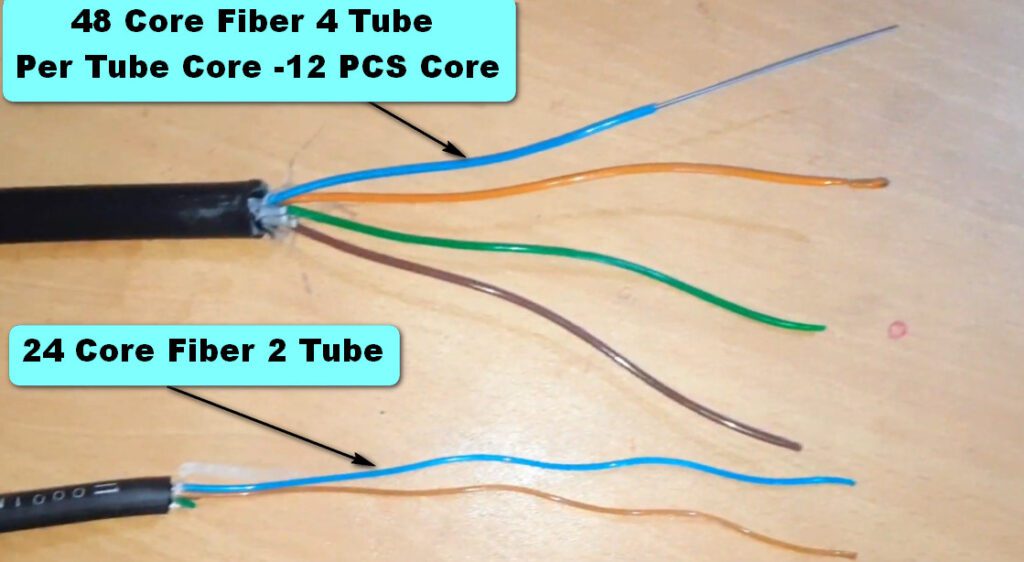
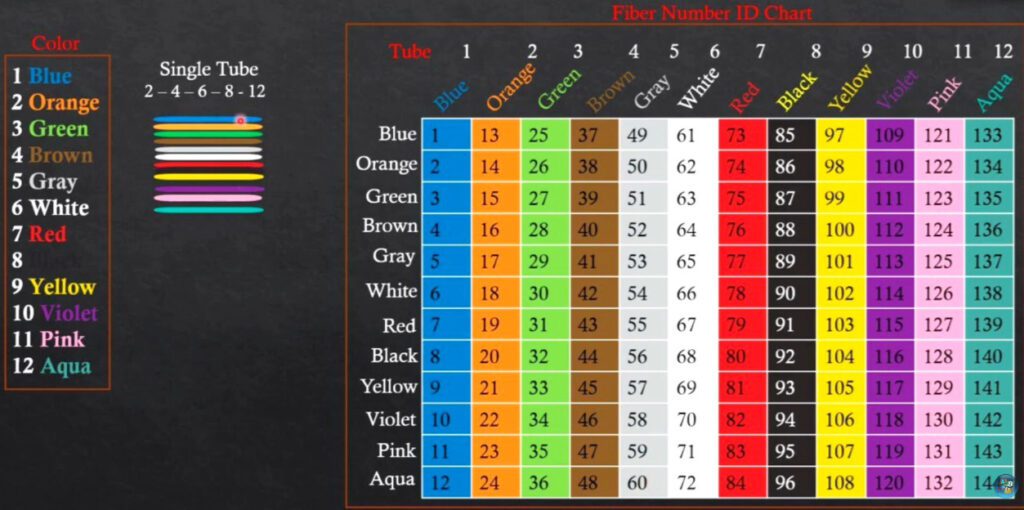
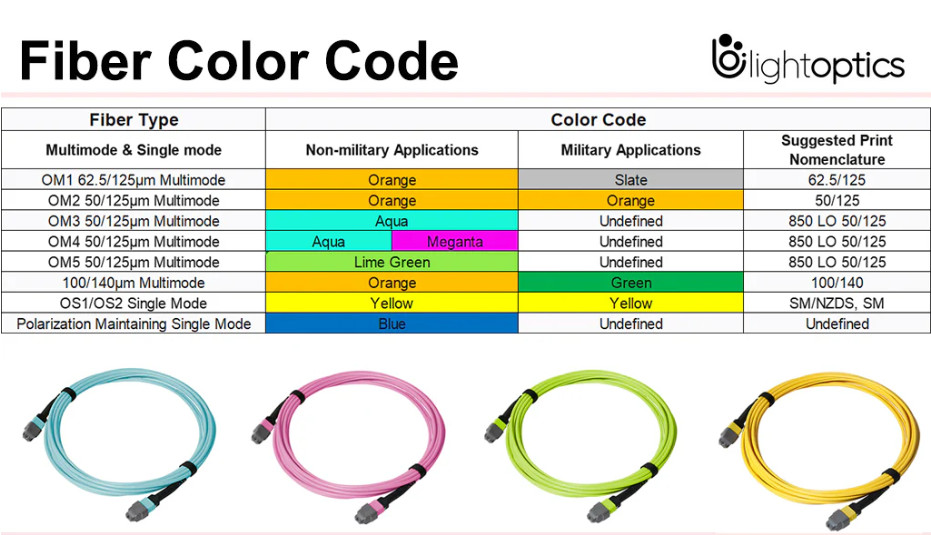
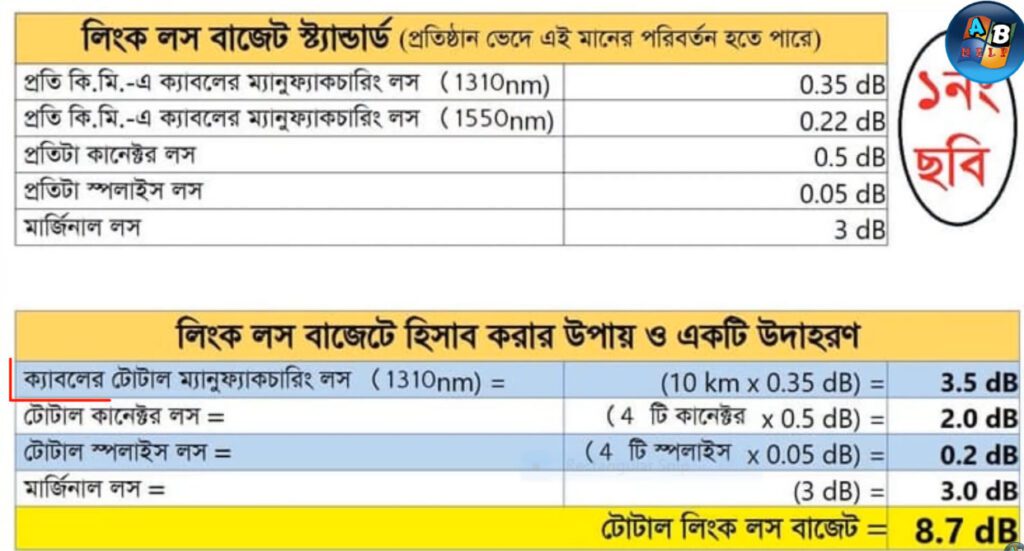
Fiber optic cables are designed to transmit light signals over long distances, and different types of fiber optic cables operate using varying wavelengths of light. Wavelengths in fiber optics typically refer to the frequencies of light signals used for transmission, and these are crucial for determining the performance and data transmission capabilities of the fiber. The primary types of fiber optic wavelengths used in telecommunications and networking are in the infrared (IR) spectrum, and they are commonly categorized into different “windows” based on their wavelength.
Here’s a list of the most commonly used wavelengths and their associated optical windows in fiber optic communication:
| Band | Wavelength Range | Application |
|---|---|---|
| O-Band | 1260 nm to 1360 nm | Short-distance, low data rate applications |
| E-Band | 1360 nm to 1460 nm | Extended range single-mode applications |
| S-Band | 1460 nm to 1530 nm | Low-capacity, specialized uses |
| C-Band | 1530 nm to 1565 nm | Long-haul telecommunications, high-capacity |
| L-Band | 1565 nm to 1625 nm | Capacity extension, long-haul communication |
| U-Band | 1625 nm to 1675 nm | Research, niche applications |
| W-Band | 1675 nm to 1950 nm | Specialized research, high-bandwidth systems |
| O to W-Band | 1260 nm to 1950 nm | Full range of fiber optic communications |
In practice, fiber optic systems typically use one or more of the following key wavelengths:
Most of the commercial and long-haul systems use 1310 nm and 1550 nm because these wavelengths have the lowest attenuation and are compatible with fiber amplifiers like erbium-doped fiber amplifiers (EDFAs), which are used to boost the signal over long distances.
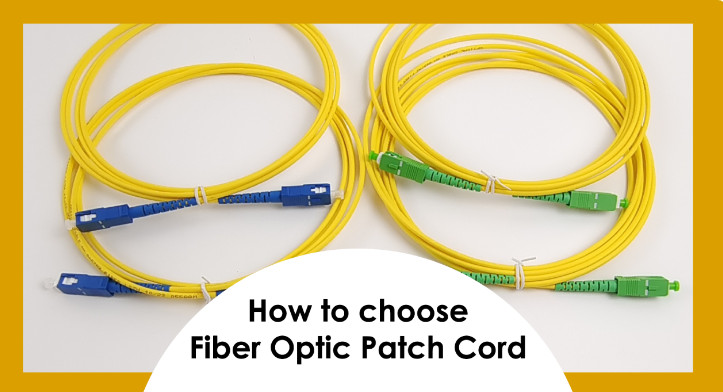
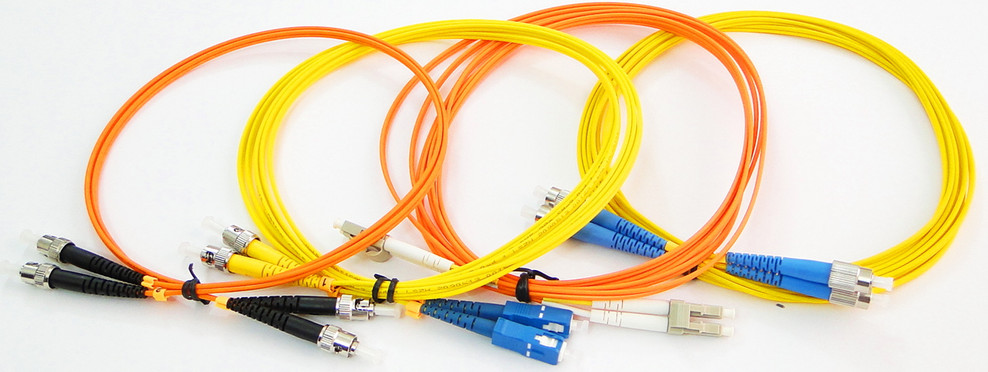
When choosing a fiber optic patch cord, in addition to clarifying the type of connector you need, you also need to pay attention to other parameters in advance. How to choose the right fiber optic patch cord according to your actual needs can follow the following 6 steps.
Different connectors are used to plug into different devices. If the ports of the devices at both ends are the same, we can use LC-LC/SC-SC/MPO-MPO patch cords. If connecting different port type devices, LC-SC/LC-ST/LC-FC patch cords may be more suitable.
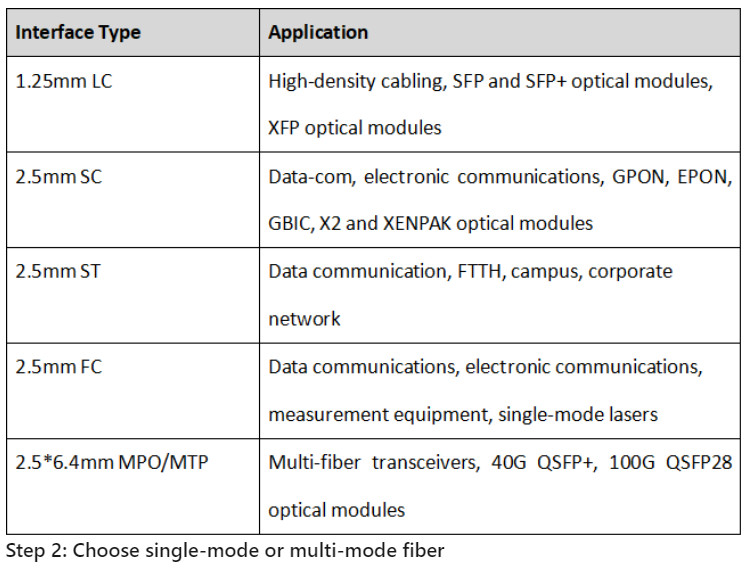
This step is essential. Single-mode fiber patch cords are used for long-distance data transmission. Multi-mode fiber patch cords are mainly used for short-distance transmission
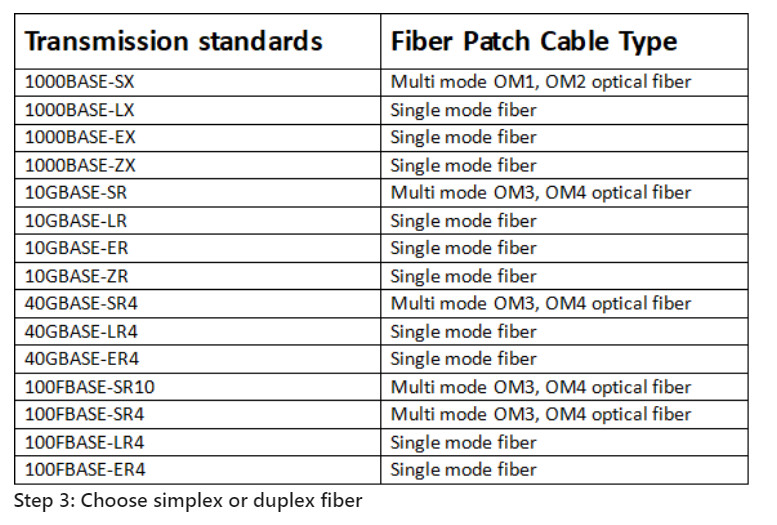
Simple means that this fiber patch cord has only one optical cable and only one fiber connector at each end, which is used for bidirectional BIDI optical modules. Duplex can be seen as two fiber patch cords side by side, which are used for ordinary optical modules.
Fiber patch cords come in different lengths, usually from 0.5m to 100m. You can choose the most appropriate cable length based on the distance you want to connect your devices.
Since the loss of APC connectors is lower than that of UPC connectors, generally, the optical performance of APC connectors is better than that of UPC connectors. In the current market, APC connectors are widely used in applications such as FTTx, passive optical networks (PON) and wavelength division multiplexing (WDM) that are more sensitive to return loss. However, APC connectors are usually more expensive than UPC connectors, so you should consider whether you need APC connectors based on your actual situation.
For applications that require high-precision fiber optic signals, APC should be the first consideration, but other less sensitive systems also perform well using UPC.
There are generally four or five types of fiber jumper sheaths on the market, such as PVC, LSZH, OFNP, armored, etc.
PVC jumper sheaths are the most common, with average fire resistance and the lowest price.
The LSZH jumper sheath is made of low-smoke halogen-free material with good environmental protection and flame retardant properties.
OFNP patch cord sheath, this material will automatically extinguish when away from the fire source, has better flame retardant performance, and is suitable for large data centers.
The armored sheathed fiber patch cord, its steel casing structure can well protect the fragile optical fiber and has strong bending resistance. This type of patch cord can withstand higher pressure, and they are suitable for wiring along the floor and other areas that may be stepped on.
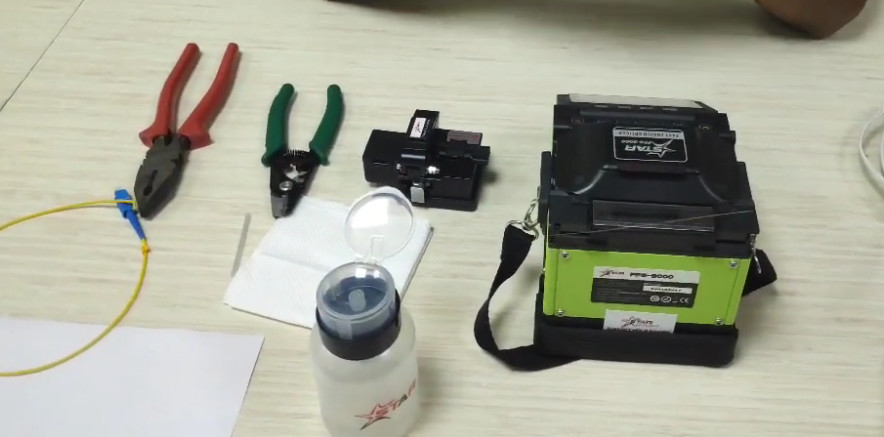
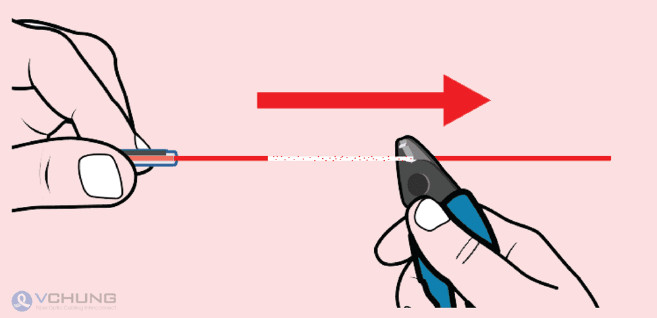
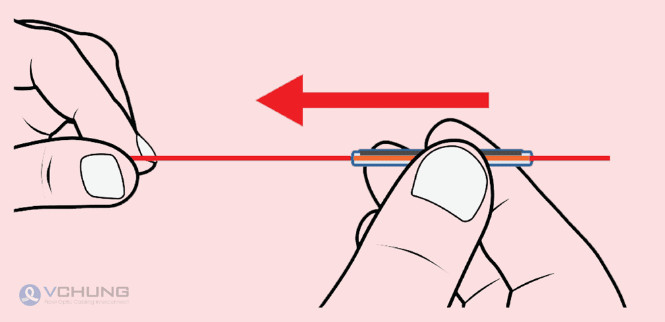


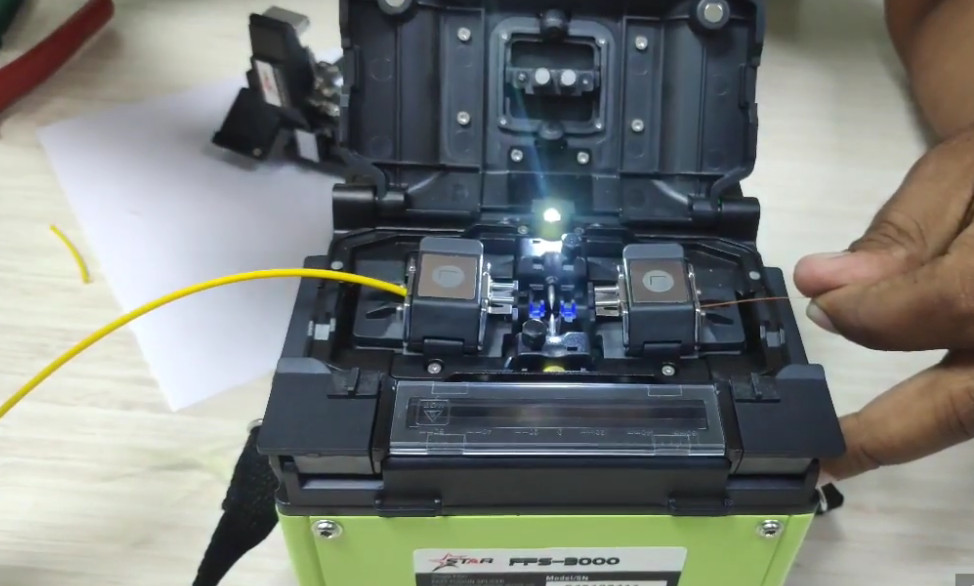
Single-mode SFP and multimode SFP are the two main types of hot-pluggable optical transceivers used in fiber optic networks. Both of them use LC connectors and are collectively referred to as LC SFP transceivers. The primary differences between them are the types of fiber they support and their transmission distances.
What is Single-mode SFP?
Single-mode SFP (SMF SFP) operates on single-mode fibers that have a core diameter of 9 microns and a cladding diameter of 125 microns. SMF SFP primarily operates at wavelengths of 1310 nanometers and 1550 nanometers. Therefore, it is suitable for long-distance data transmission applications such as 2 kilometers, 10 kilometers, 40 kilometers, 60 kilometers, 80 kilometers, and 120 kilometers. There are various types of single-mode SFP modules available, such as 1000BASE-LX and 1000BASE-EX.
What is Multimode SFP?
Multimode SFP (MMF SFP) operates on multimode fibers that have core diameters of 50 microns or 62.5 microns and a cladding diameter of 125 microns. Common multimode SFP works at a wavelength of 850 nanometers and is used for short-distance transmission. Typically, they can reach up to 100 to 550 meters. There are various types of multimode SFP modules available, including SFP1G-SX-85.
Single-mode vs Multimode SFP: What’s the Difference?
There are several main differences between single-mode SFP and multimode SFP.
Working Wavelength
Single-mode SFP module has a narrower laser wavelength, which works essentially in 1310nm and 1550nm wavelength. However, the multimode SFP module works in 850nm wavelength because of the bigger core size.
Transmission Distance
Single-mode SFP modules are designed for long-distance transmissions, typically ranging from 2 to 120 kilometers, depending on the specific module type. They are ideal for large-scale networks requiring high-speed connectivity over vast distances.
Multimode SFP modules are better suited for shorter distances, generally covering 100 to 550 meters, making them a cost-effective choice for data centers and local area networks where shorter transmission ranges are sufficient.
Color Coding
The color coding for single-mode SFP module typically includes blue, yellow, or purple. For FS products, blue is used for 1310 nanometer modules, yellow for 1550 nanometer modules, and purple for 1490 nanometer modules. The compatible fiber patch cords for single-mode SFP modules are usually yellow. On the other hand, the color-coding for multimode SFP modules includes black for the label’s color-coding and arrow, and orange for the fiber patch cords used.

Transmitter
Single-mode SFP and multimode SFP utilize various transmitters. VCSELs (Vertical Cavity Surface Emitting Lasers) are commonly used in multimode SFP transceivers. They can be tested at the wafer level and do not require hermetic packaging.
Edge-emitting lasers such as Fabry-Perot, DFB (Distributed Feedback), and DBR (Distributed Bragg Reflector) lasers are used in single-mode SFP modules for various spans and applications. They have complex layer structures and typically require hermetic packaging to achieve higher output power and stable single-mode operation. Therefore, edge-emitting lasers are more expensive than VCSELs.
Cost
From a cost perspective, single-mode SFP is more expensive than Multimode SFP. This cost difference is largely due to the transmitters used. Single-mode SFP modules require more powerful transmitters with higher RX/TX power ranges to support long-distance data transmission, which increases their cost compared to the less expensive transmitters used in Multimode SFPs.
Additionally, power budget considerations also play a role; Single-mode SFP modules require a higher power budget to maintain signal integrity over long distances. For more details on RX/TX optical power, you can refer to this article: Understanding the TX/RX Optical Power on the Transceiver. Therefore, Multimode SFP modules are generally more cost-effective.
The following table summarizes the main differences:
he following table summarizes the main differences:
Features | Single-mode SFP | Multimode SFP |
|---|---|---|
Working Wavelength | 1310nm and 1550nm | 850nm |
Transmission Distance | 2 to 120 km | 100 to 550 m |
Color Coding | Blue, Yellow, or Purple | Black |
Transmitter | Edge-emitting lasers | VCSELs |
Cost | High | Low |
Single-mode SFP and multimode SFP modules are used in switch slots and support communication through fiber optic or copper network cables. When using single-mode SFP or multimode SFP, it is important to keep the following points in mind:
1. Make sure that SFPs at both ends of the fiber patch cord are of the same wavelength and consistent in color coding.
2. To ensure data accuracy, short-reach LC SFP transceivers usually work with multimode fiber. This fiber uses orange-colored patch cords. Long-reach LC SFP transceivers are used with single-mode fiber, which has yellow-colored patch cords.
3. When not using an LC SFP transceiver, protect the optical port with a dust cap.
The choice between single-mode vs Multimode SFP mainly depends on cost and distance needs. Single-mode SFP suits long-distance transmission, while multimode SFP is ideal for short-distance with more economical solutions. FS offers a variety of LC SFP transceivers.
How Many Types of SFP Transceivers Do You Know?
There are many 1G SFP types available today like copper RJ45 SFP, fiber optic SFP, and WDM SFP modules, so what makes them different, and how do you know which is best for you? According to different classification standards, 1G modules have different types.
By SFP Media Type
1G Ethernet SFP module can work over optical fiber and Ethernet cables, so fiber SFP module and copper SFP are the two main SFP types.
Within the fiber SFP category, there are two distinct types—single-mode SFPs, which are compatible with single-mode fibers, and multimode SFPs, which are suited for multimode fibers. These classifications correspond with the specific fiber patch cables they interface with. Refer to Table 1 for a detailed comparison of the key differences between single-mode and multimode SFP modules.
Specfication | Multimode SFP | Single-mode SFP |
Fiber Type | 62.5/125µm or 50/125µm core MMF | 9/125µm core SMF |
Working Wavelength | Mainly in 850 nm and 1300 nm | Mainly in 1310 nm and 1550 nm |
Color Coding | Black | Blue for 1310nm SFP Yellow for 1550nm SFP |
Transmission Distance | 100m / 550m | 2km up to 200km |
The 1000Base-T RJ45 SFP transceiver module represents a robust interface for copper-based networking, leveraging the ubiquitous twisted-pair cabling standards inclusive of Category 5e (Cat5e), Category 6 (Cat6), and the advanced Category 6a (Cat6a). This module is specially engineered to deliver high-speed gigabit connectivity across these copper mediums with an operational reach of up to 100 meters, ensuring compatibility and optimal performance in both data center architectures and enterprise LAN environments. Its design adheres to industry standards, offering a high degree of reliability and interoperability for network expansions or integrations where existing copper network infrastructure is leveraged.


Product | Wavelength | Max. Transmit Distance | Connector | |
Multimode SFP | 1000BASE-SX-85 | 850nm | 550m | LC Duplex |
1000BASE-SX-31 | 1310nm | 2km | LC Duplex | |
Single mode SFP | 1000BASE-LX-31 | 1310nm | 20km | LC Duplex |
1000BASE-LH-31 | 1310nm | 40km | LC Duplex | |
1000BASE-EX-55 | 1550nm | 40km | LC Duplex | |
1000BASE-ZX-55 | 1550nm | 80km | LC Duplex | |
1000BASE-EZX-55 | 1550nm | 120km | LC Duplex | |
1000BASE-ZXC-55 | 1550nm | 160km | LC Duplex | |
BiDi SFP | 1000BASE-BX | 1310nm/1550nm, 1310nm/1490nm, 1510nm/1590nm | 2km~160km | LC Duplex/Simplex |
WDM SFP | 1000BASE-CWDM | 1270nm~1610nm | 20km~160km | LC Duplex |
1000BASE–DWDM | C17~C61 | 80km~100km | LC Duplex |